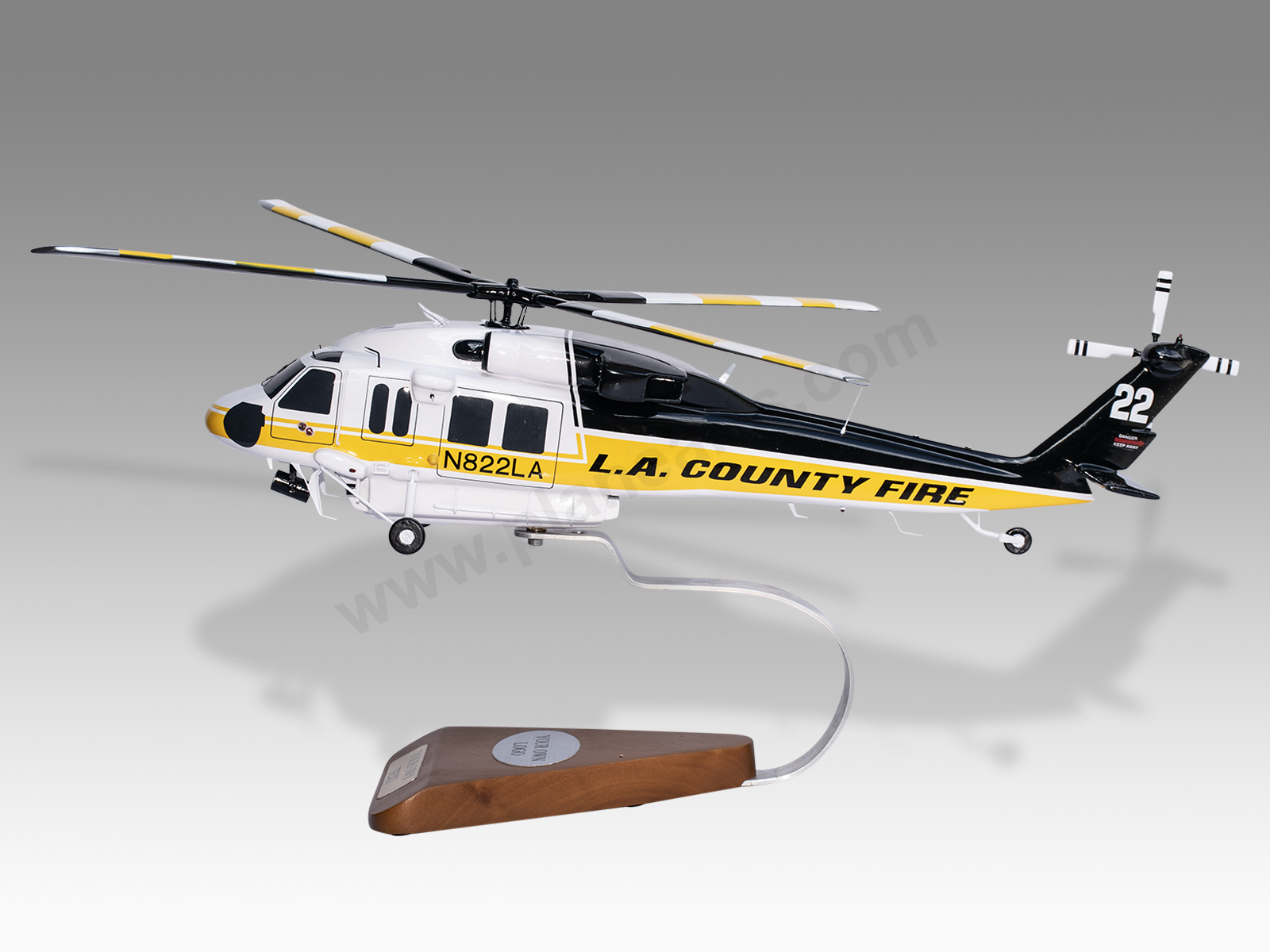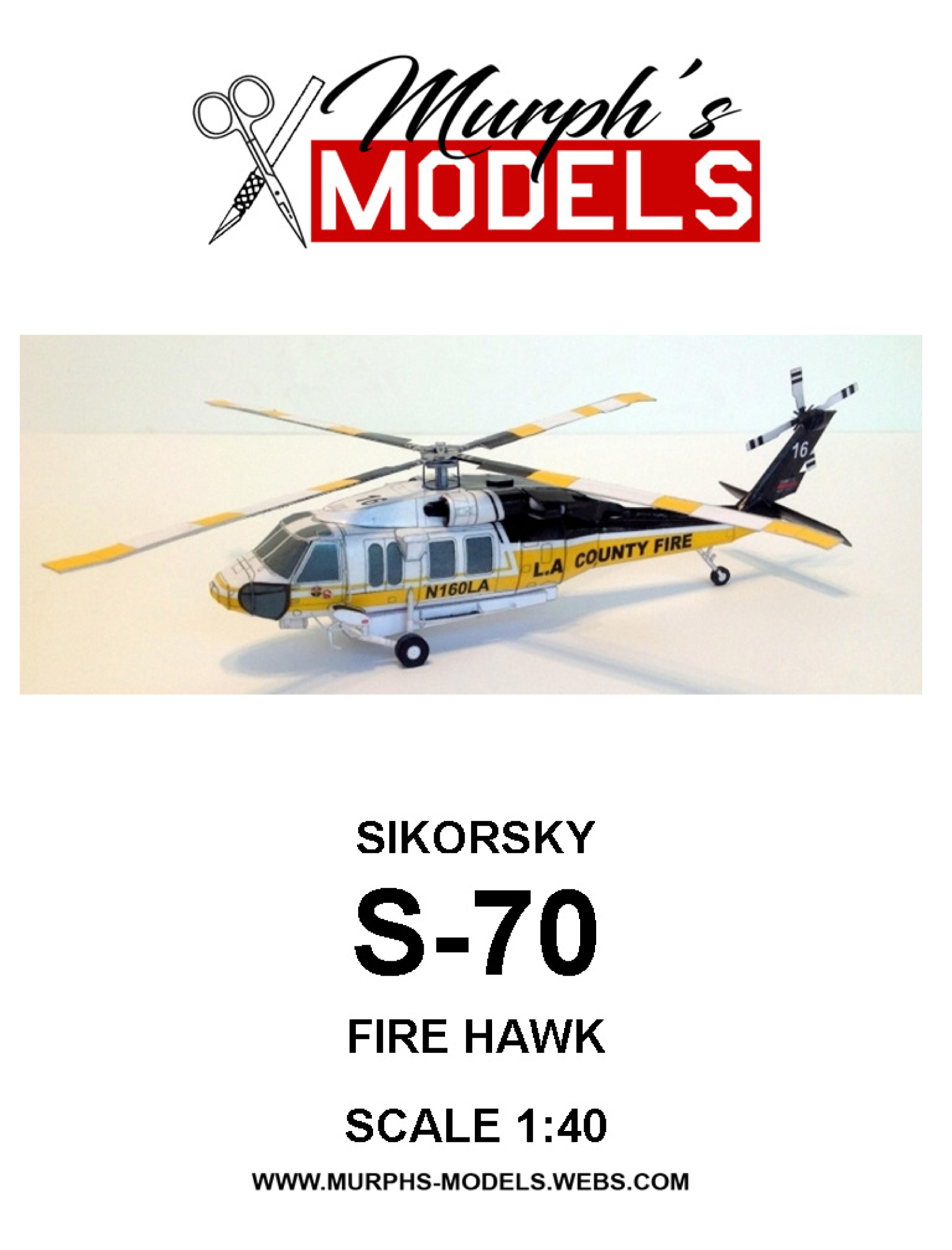The Sikorsky S 70 Helicopter: A Deep Study Its Design and Efficiency
The Sikorsky S 70 Helicopter: A Deep Study Its Design and Efficiency
Blog Article
Rotary-Wing Aircraft Offering Superior Resilience and Accuracy Engineering
In the realm of aeronautics, rotary-wing airplane have actually long been identified for their special abilities in numerous operational environments. As we discover the detailed equilibrium between advancement and dependability in rotary-wing aircraft, it comes to be noticeable that the merging of innovative innovation and proven layout concepts has set a brand-new requirement for performance and efficiency in the aerospace sector.
Development of Rotary-Wing Technology
Throughout the history of aeronautics, the development of rotary-wing technology has actually been a testimony to continuous innovation and innovation in aeronautical engineering. From the very early days of vertical trip with simple designs to the innovative helicopters and other rotary-wing airplane of today, the progress in this area has been exceptional.
In the early 1900s, leaders like Igor Sikorsky and Juan de la Cierva made significant strides in rotary-wing modern technology. Sikorsky's VS-300 helicopter, very first flown in 1939, noted a zero hour in the advancement of practical rotary-wing airplane. This success paved the method for more improvements in vertical trip abilities.

Today, rotary-wing airplane play crucial functions in different markets, consisting of army procedures, emergency situation clinical solutions, police, and commercial transportation. The evolution of rotary-wing innovation continues to push the limits of what is possible in vertical flight, guaranteeing that these aircraft remain important possessions in the air travel market.
Materials and Construction Innovations
Showing a fusion of sophisticated materials and precise building and construction techniques, rotary-wing airplane have undertaken considerable advancements in toughness and performance. One of the vital developments in products utilized for rotary-wing airplane is the enhancing application of composite materials.
In addition, the integration of innovative coverings and surface area treatments has played an essential duty in enhancing the longevity of rotary-wing aircraft. These finishes provide security versus corrosion, abrasion, and severe weather, expanding the lifespan of the airplane and lowering maintenance demands.
In regards to construction developments, additive production, additionally called 3D printing, has reinvented the manufacturing of complex components for rotary-wing aircraft. This innovation permits for rapid prototyping and customization, causing much faster growth cycles and reduced costs. In general, the constant advancement of products and building and construction techniques is driving the capabilities and performance of rotary-wing aircraft to new heights.
Precision Flight Control Systems

The assimilation of GPS modern technology better enhances the accuracy and reliability of these systems, permitting accurate navigating, waypoint tracking, and automated flight control. sikorsky s 70. This level of accuracy not only boosts the security of rotary-wing operations yet also boosts general functional effectiveness and goal efficiency
Moreover, the constant innovations in expert system and device understanding have promoted the development of independent flight abilities within Accuracy Trip Control Equipment. This enables rotary-wing airplane to perform complicated goals with exceptional precision and consistency, making them essential properties in a large range of applications, consisting of military operations, search and rescue objectives, and airborne photography.
Sturdiness in Testing Environments
In demanding functional setups, rotary-wing airplane demonstrate extraordinary strength and robustness, guaranteeing ideal efficiency under tough ecological conditions. These aircraft are developed to stand up to a variety of environmental factors, including extreme temperatures, high winds, and rough terrain, making them appropriate for different objectives in diverse landscapes.
One crucial aspect adding to the durability of rotary-wing aircraft is their rugged construction. These aircraft are built utilizing high-quality materials and advanced engineering techniques to boost their architectural honesty and reliability. In addition, parts such as rotor blades, engine systems, and landing gear are carefully made to endure the pressures and anxieties experienced during operations in tough settings.
Furthermore, rotary-wing aircraft are outfitted with innovative onboard systems that keep track of performance metrics in real-time, permitting aggressive maintenance and early discovery of prospective problems - sikorsky s 70. This proactive method helps prevent unforeseen failures and ensures the ongoing airworthiness of the aircraft in demanding functional settings. Overall, the durability of rotary-wing airplane in tough settings is a testament to their premium engineering and design, making them crucial possessions for various mission-critical procedures
Maintenance and Integrity Specifications
The adherence to stringent upkeep and integrity requirements is critical in making sure the optimum efficiency and safety and security of rotary-wing airplane. Routine upkeep checks, performed by certified specialists, are vital to determine and resolve any type of potential problems before they jeopardize the aircraft's capability. These checks encompass a comprehensive exam of all vital elements, consisting of the engine, blades system, avionics, and image source hydraulic systems, to ensure that they are in prime working condition.
Furthermore, adherence to scheduled upkeep intervals in conformity with supplier guidelines is vital for upholding the airplane's dependability. This positive strategy assists avoid unexpected break downs and guarantees that the aircraft continues to be airworthy for its designated objectives. Furthermore, the execution of robust reliability requirements, such as regular component screening and substitute based on predetermined lifecycles, even more enhances the aircraft's dependability.
Conclusion

In final thought, the innovations in rotary-wing airplane technology have caused remarkable sturdiness and accuracy design. With ingenious materials and building and construction techniques, along with accuracy flight control systems, these airplane can operate in difficult settings with raised reliability. The maintenance and reliability criteria guarantee that these rotary-wing aircraft proceed to execute at their best, making them essential assets for various markets.
Showing a blend of advanced materials and exact building techniques, rotary-wing aircraft have actually undertaken substantial improvements in toughness and efficiency. One of the vital technologies in materials explanation used for rotary-wing aircraft is the increasing utilization of composite products.With careful interest to detail and advanced technical this link combination, rotary-wing aircraft have actually accepted Precision Trip Control Equipment as a keystone of their operational quality. Generally, the toughness of rotary-wing airplane in challenging environments is a testament to their remarkable engineering and layout, making them indispensable properties for various mission-critical procedures.
In final thought, the advancements in rotary-wing airplane modern technology have actually led to superior durability and precision design.
Report this page